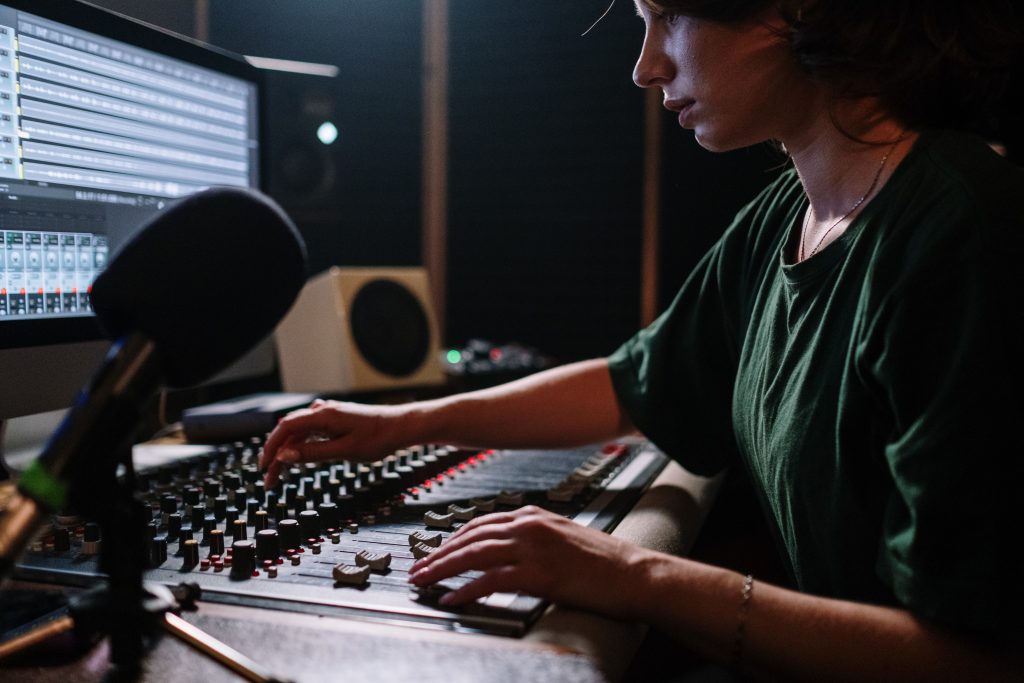Chapter 4 – Music’s Materiality: Timbre, Envelope, Dynamics, Register, and Texture

This chapter focuses on five musical elements that profoundly shape our experience of sounds: timbre (pronunciation: ˈtam-bər), envelope, dynamics, register, and texture. These elements (especially the first three) are harder to quantify than elements like pitch, duration, or harmony, for which musicians have conventional symbolic notation. Not surprisingly, these elements often do not receive significant focus in aural skills curricula. The activities in this chapter are designed to help you develop better attentional awareness as a listener and auditory/expressive control as a performer.
Why include an entire chapter on these musical elements? It’s been said that one of the most powerful aspects of a text is not what is said, but what is assumed. Similarly, musical elements like timbre, envelope, dynamics, and register have an immediate, visceral impact that seems to bypass the need for critical inquiry. By analogy, if a random stranger were to suddenly yell in your face (as once happened to an author in a metropolitan center), you might pause to consider why the event is happening (or how to escape it), but you would likely not take time to analyze the intensity or grain of the voice. You just feel its brute force. The same goes for timbre, envelope, dynamics, and register. We call these features the “materiality” of sound, given their analog to the feeling or touch of different materials used in textiles or plastic arts. Thinking about the materiality of sound also invites listeners to consider the relationship between these sonic elements and the instruments, voices, performers, and actions that create them.
Notably, elements such as timbre, dynamics, and register lend themselves well to scientific visualizations that rely on graphic representation rather than staff notation. Unfortunately, such visualizations—which include spectrograms and waveforms—are complicated and not commonly used in music education, so they are not ideal as source material. Instead, we will use descriptions and metaphorical language.
This chapter is currently much shorter than it would be if we ourselves had better training in these elements of music. We hope in future work to expand the chapter, particularly to include materials related to sound processing and effects.
Learning Objectives
Students will be able to:
- Identify instruments by ear.
- Describe timbres using metaphorical language.
- Describe the envelope of a musical sound.
- Describe the dynamic range used within a particular passage or texture.
- Describe the registers used in a piece of music and how they change throughout the song.
- Identify common textures by ear.
- Create and manipulate sounds by simultaneously morphing two “material” elements (timbre, dynamics, register).
Image Attributions |
|

